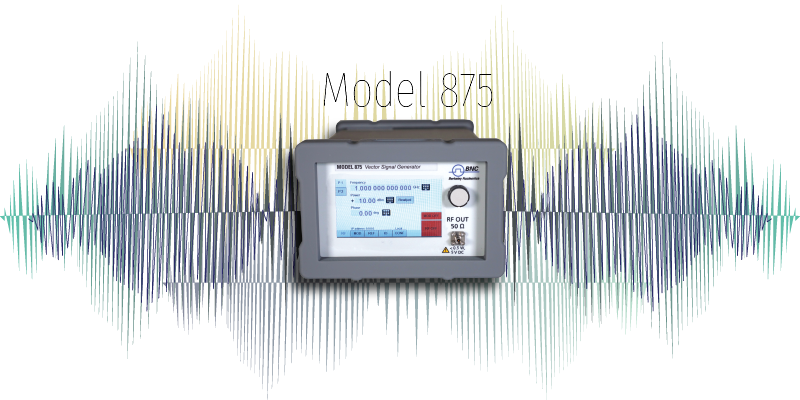August 9, 2023 - Exploring MIMO Wireless Technology & Vector Signal Generators
In today's fast-paced world, wireless communication has become an integral part of our lives. From mobile phones to Wi-Fi networks, we rely on wireless technologies to stay connected. High-speed internet has become particularly essential. One of the key advancements that have significantly enhanced wireless communication is Multiple-Input Multiple-Output (MIMO) technology. In this blog post, we will delve into the world of MIMO wireless technology and its synergy with the vector signal generators provided by Berkeley Nucleonics.

Understanding MIMO Wireless Technology
MIMO, short for Multiple-Input Multiple-Output, is a cutting-edge wireless communication technique that leverages multiple antennas at both the transmitter and receiver ends to improve data throughput, signal quality, and overall system performance. MIMO technology takes advantage of the spatial dimension to increase the capacity and reliability of wireless communication systems.
How MIMO Works
MIMO technology operates on the principle of multipath propagation, where signals take multiple paths to reach the receiver due to reflections, diffractions, and scattering. MIMO systems exploit these multiple paths to transmit multiple data streams simultaneously. By utilizing multiple antennas, MIMO systems achieve several key benefits:
Spatial Multiplexing: MIMO enables the transmission of multiple independent data streams over the same frequency channel. This increases the data rate and spectral efficiency of the communication link.
Diversity Gain: MIMO improves the system's robustness by mitigating the effects of fading and interference. The multiple signal paths provide redundancy, enhancing signal quality and reducing error rates.
Interference Reduction: MIMO systems can manipulate the spatial characteristics of transmitted signals to minimize interference from other sources, improving overall system performance.
Beamforming: MIMO allows for precise control of signal directionality, enhancing coverage and enabling better connectivity in specific directions.
Vector Signal Generators (VSGs) in MIMO Testing
Vector Signal Generators (VSGs) play a crucial role in the development, testing, and validation of MIMO wireless systems. A VSG is a versatile test instrument capable of generating a wide range of signals, including complex modulated signals with multiple carriers, symbols, and data formats. Here's how VSGs contribute to MIMO technology:
Signal Generation: VSGs produce highly accurate and customizable signals required for testing MIMO systems. These signals mimic real-world conditions, helping engineers assess the performance of MIMO algorithms, beamforming techniques, and spatial processing.
Dynamic Channel Emulation: VSGs can simulate various propagation environments and channel conditions, allowing engineers to evaluate MIMO system performance under different scenarios. This helps identify potential issues and optimize system parameters.
Precise Timing and Synchronization: MIMO systems require precise timing and synchronization between multiple antennas. VSGs can generate synchronized signals with well-defined time offsets, aiding in the evaluation of MIMO channel capacity and synchronization algorithms.
Testing Beamforming and Spatial Processing: VSGs enable the generation of signals with specific spatial characteristics, facilitating thorough testing of beamforming algorithms and spatial processing techniques employed in MIMO systems.
Revolutionizing wireless communication, MIMO technology harnesses the potential of multiple antennas to amplify data throughout, bolster reliability, and elevate overall system performance. The symbiotic relationship between MIMO technology and vector signal generators (VSGs) stands as a pivotal force in the evolution and evaluation of these cutting-edge communication systems. As the appetite for elevated data rates and superior wireless connectivity persists, MIMO and VSGs will undoubtedly maintain their vanguard status in wireless communication innovation. For those seeking a blend of high performance and cost-effectiveness, the Model 875 by Berkeley Nucleonics emerges as an optimal choice. For more insights, explore [this link]

